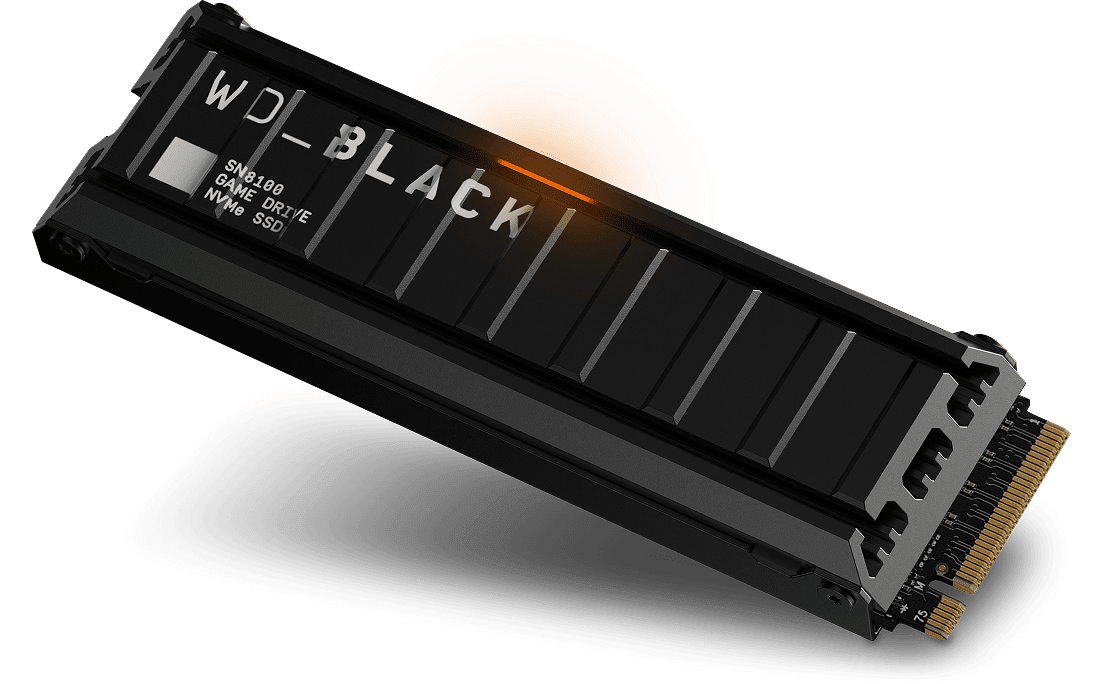High-Speed Performance for Demanding Desktop Workloads
Upgrading an internal SSD on your desktop PC can enhance the performance of your system. Take advantage of faster booting, faster application loading, and high-speed file transfers.
Materials Needed
- Sandisk M.2 NVMe internal SSD
- Crosshead screwdriver
- External USB M.2 NVMe enclosure
- Small plastic prying tool (optional)
Recommended Software
- Acronis® True Image™ for Sandisk – Free Download
- Sandisk Dashboard app – Free Download
Why Upgrade Your Desktop to an M.2 SSD
Unlock Speed
M.2 SSDs, particularly those utilizing NVMe (Non-Volatile Memory Express), deliver significantly higher read and write speeds than traditional SATA SSDs or hard drives. This results in shorter boot times, faster file transfers, and quicker loading in games and software applications.
Maximize Efficiency
Since SSDs have no moving parts (unlike traditional hard drives), they operate silently and are less susceptible to mechanical failure. They also use less power, which contributes to lower heat output.
Streamline Your Setup
Compact and low profiled, M.2 SSDs are ideal for desktops – especially those built for high-performance gaming or other demanding applications. They install directly to the motherboard, eliminating the need for SATA cables and allowing for a cleaner, more streamlined setup.
Step-by-Step Guide to Upgrade Your Desktop Internal M.2 SSD
Follow along below or watch the video.
Before You Begin
Check SSD Compatibility with Your System
If you're not sure, go to Sandisk Support to understand what SSD options are available to you.
Back Up Your Data
It's important to back up your data before upgrading your desktop. You can use a Sandisk external SSD to create a backup of your data.
Download the Recommended Software
The recommended software will help streamline the SSD upgrade process.
Determine the Number of M.2 Slots
Have a single M.2 slot?
Continue to Path A.
Have double M.2 slots?
Continue to Path B.
Path A: Steps for Upgrading Your Desktop SSD with a Single M.2 Slot
You have now upgraded your desktop PC with an M.2 NVMe SSD from Sandisk.
For more helpful tips, visit: Sandisk.com/Support.
Path B: Steps for Upgrading Your Desktop with Multiple M.2 Slots
You have now upgraded your desktop PC with an M.2 NVMe SSD from Sandisk.
For more helpful tips, visit: Sandisk.com/Support.
Related Content
Disclosures
Sandisk and the Sandisk logo are registered trademarks or trademarks of Sandisk Corporation or its affiliates in the US and/or other countries. Western Digital is a registered trademark or trademark of Western Digital Corporation or its affiliates in the U.S. and/or other countries. Acronis and True Image are registered trademarks of Acronis International GmbH in the United States and other countries. The NVMe word mark is a trademark of NVM Express, Inc. All other marks are the property of their respective owners.
Product specifications subject to change without notice. Pictures shown may vary from actual products.
